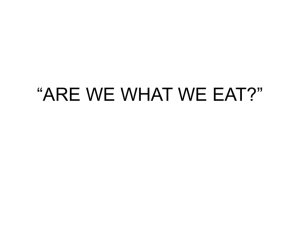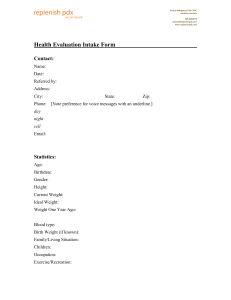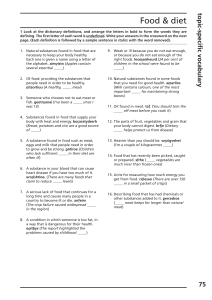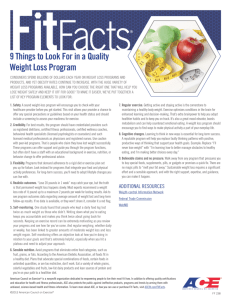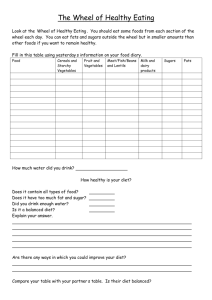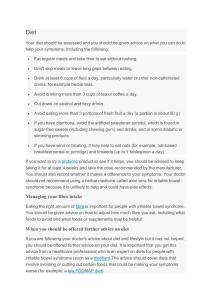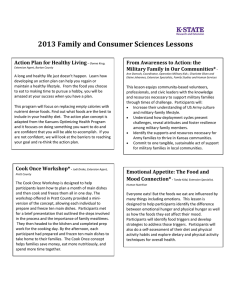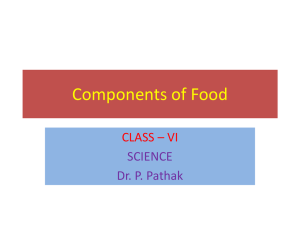Mixed Blood Types - Princeton Integrative Health Care
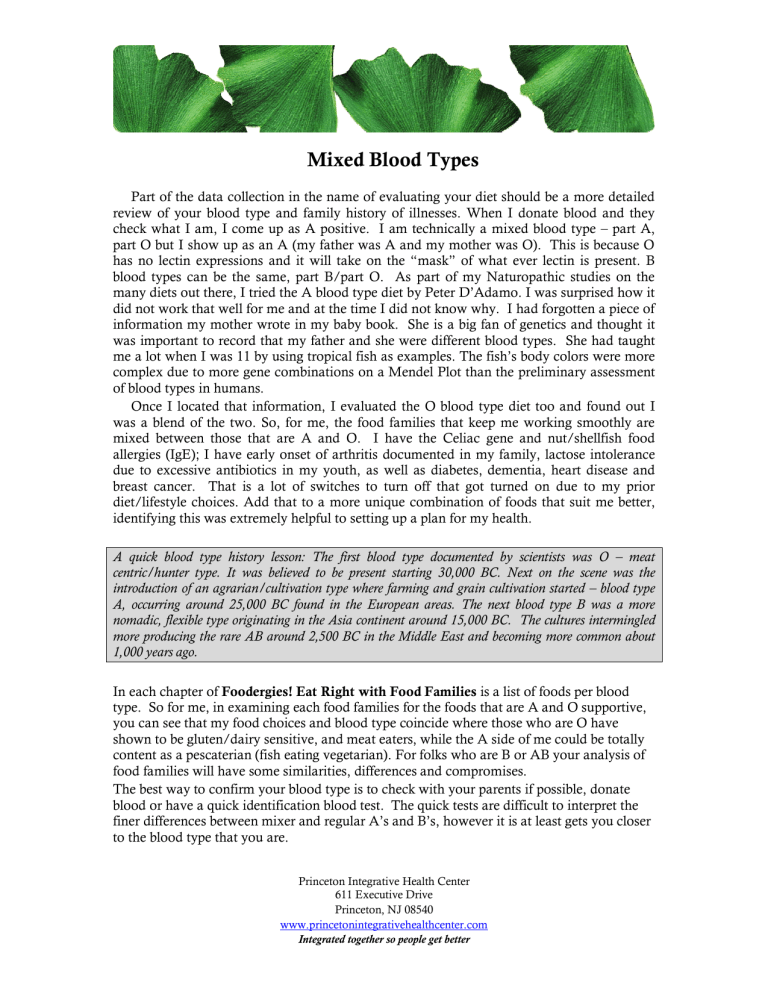
Mixed Blood Types
Part of the data collection in the name of evaluating your diet should be a more detailed review of your blood type and family history of illnesses. When I donate blood and they check what I am, I come up as A positive. I am technically a mixed blood type – part A, part O but I show up as an A (my father was A and my mother was O). This is because O has no lectin expressions and it will take on the “mask” of what ever lectin is present. B blood types can be the same, part B/part O. As part of my Naturopathic studies on the many diets out there, I tried the A blood type diet by Peter D’Adamo. I was surprised how it did not work that well for me and at the time I did not know why. I had forgotten a piece of information my mother wrote in my baby book. She is a big fan of genetics and thought it was important to record that my father and she were different blood types. She had taught me a lot when I was 11 by using tropical fish as examples. The fish’s body colors were more complex due to more gene combinations on a Mendel Plot than the preliminary assessment of blood types in humans.
Once I located that information, I evaluated the O blood type diet too and found out I was a blend of the two. So, for me, the food families that keep me working smoothly are mixed between those that are A and O. I have the Celiac gene and nut/shellfish food allergies (IgE); I have early onset of arthritis documented in my family, lactose intolerance due to excessive antibiotics in my youth, as well as diabetes, dementia, heart disease and breast cancer. That is a lot of switches to turn off that got turned on due to my prior diet/lifestyle choices. Add that to a more unique combination of foods that suit me better, identifying this was extremely helpful to setting up a plan for my health.
A quick blood type history lesson: The first blood type documented by scientists was O – meat centric/hunter type. It was believed to be present starting 30,000 BC. Next on the scene was the introduction of an agrarian/cultivation type where farming and grain cultivation started – blood type
A, occurring around 25,000 BC found in the European areas. The next blood type B was a more nomadic, flexible type originating in the Asia continent around 15,000 BC. The cultures intermingled more producing the rare AB around 2,500 BC in the Middle East and becoming more common about
1,000 years ago.
In each chapter of Foodergies! Eat Right with Food Families is a list of foods per blood type. So for me, in examining each food families for the foods that are A and O supportive, you can see that my food choices and blood type coincide where those who are O have shown to be gluten/dairy sensitive, and meat eaters, while the A side of me could be totally content as a pescaterian (fish eating vegetarian). For folks who are B or AB your analysis of food families will have some similarities, differences and compromises.
The best way to confirm your blood type is to check with your parents if possible, donate blood or have a quick identification blood test. The quick tests are difficult to interpret the finer differences between mixer and regular A’s and B’s, however it is at least gets you closer to the blood type that you are.
Princeton Integrative Health Center
611 Executive Drive
Princeton, NJ 08540 www.princetonintegrativehealthcenter.com
Integrated together so people get better
